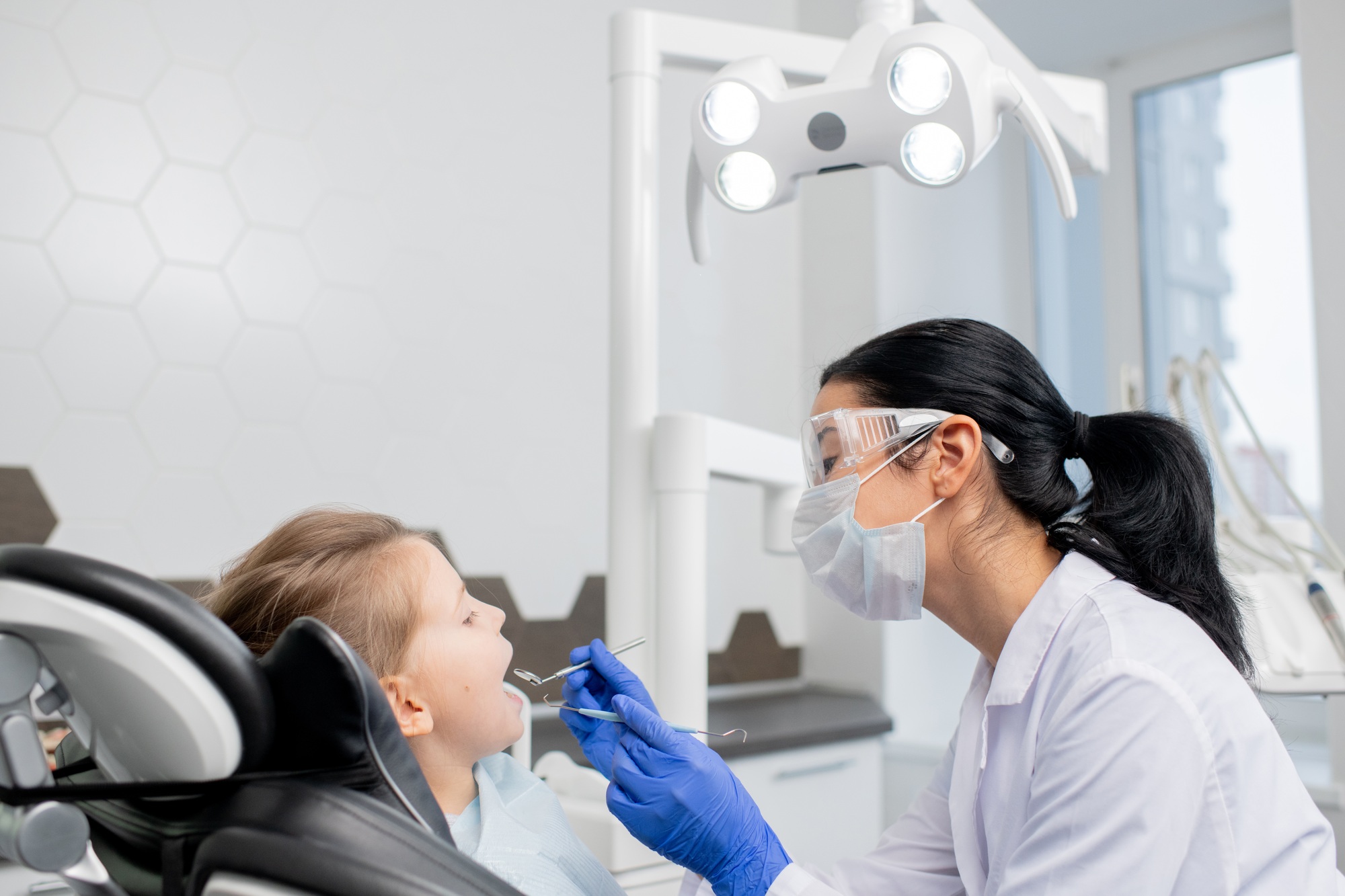Inlays
Contact Us
Dental Inlays and Onlays at Bright Smiles
What Is an Inlay?
When Dentists Use Inlays and Onlays
A cavity is too large for a direct filling.
Decay weakens cusps.
Patients have damaged teeth or decayed teeth needing precision.
Old metal fillings or composites require replacement.
Differences Between Inlays and Onlays
An inlay fits within cusps.
An onlay covers one or more cusps.
Partial crowns describe large onlays that replace cusp strength.
A dental onlay protects broader chewing surfaces.
Dentists use an inlay and onlay depending on material used and tooth structure affected.
Materials Used
Composite resin:
Porcelain:
Porcelain inlays:
Porcelain or composite resin:
Gold:
The Inlay Procedure
A dentist removes decay and shapes the tooth.
An impression records the tooth structure.
A lab creates a custom dental inlay or onlay in a dental laboratory.
A temporary filling protects the tooth.
The permanent restoration bonds with dental adhesive.
Benefits of Inlays and Onlays
Longer lifespan than direct fillings.
Better fit for large cavities.
Strength without removing too much enamel.
Natural blending with original teeth.
Superior durability and resistance to wear.
Inlays vs. Fillings and Crowns
Inlays:
Fillings:
Crowns:
Inlays vs. crowns:
Restorative Function
Inlays and onlays are known for conserving enamel. Inlays and onlays are similar in design but differ in coverage.
Durability and Longevity
With oral hygiene and dental check-ups, patients maintain inlays or onlays for decades.
Restorative and Cosmetic Value
Restorative strength supports function.
Inlays and onlays provide cosmetic appeal through color matching.
Inlays and onlays offer predictable protection for natural teeth.
Local Expertise
Inlays in Cumming, GA
Inlays in Lawrenceville, GA
Inlays in Dawsonville, GA
Maintenance and Dental Care
Brush your teeth daily.
Floss around inlays.
Schedule dental appointments every six months.
Call Bright Smiles Today
FAQ :
1. What are dental inlays and onlays, and how do they help restore teeth?
2. Why would my dentist recommend an inlay or onlay over a traditional filling or crown?
3. What materials are used for dental inlays and onlays?
Porcelain: Durable and natural-looking, ideal for aesthetic restorations.
Composite resin: Blends well with natural teeth and is often used for smaller restorations.
Gold: Extremely durable but less commonly used for aesthetic purposes.
The choice of material depends on the tooth’s location, the size of the cavity, and your aesthetic preferences. Our team at Bright Smiles will help you choose the best material for your needs.
4. What is the procedure for getting an inlay or onlay?
Examination and preparation: The dentist will remove any decay and take an impression of your tooth.
Custom restoration and placement: A dental lab will create the inlay or onlay, and at your second visit, your dentist will bond it securely to your tooth using adhesive cement. The restoration is then polished for a natural look.
5. How do inlays and onlays differ from crowns?
Onlays cover one or more cusps and extend to larger areas of the tooth.
Crowns cover the entire tooth and are used when there is severe damage.
Inlays and onlays preserve more natural tooth structure than crowns, making them an excellent option when conservation is important. At Bright Smiles, we offer inlays and onlays as a conservative alternative to crowns for moderate tooth damage.
6. How long do inlays and onlays last?
7. What are the benefits of choosing inlays and onlays over traditional fillings?
Preservation of tooth structure
Stronger and more durable than regular fillings
Natural appearance that blends with the color of your teeth
Better fit for large cavities or fractures
Resistance to stains and wear
At Bright Smiles, we recommend inlays and onlays for patients who need aesthetic and long-lasting solutions for tooth restoration.
8. Are inlays and onlays a good option for front teeth?
9. Are inlays and onlays covered by dental insurance?
10. How do I care for my inlays and onlays to ensure they last?
Brush and floss regularly to prevent decay around the restoration.
Avoid chewing on hard objects like ice or pens, which can damage the restoration.
If you grind your teeth at night, wear a nightguard to protect your restorations.
With proper care, inlays and onlays can provide long-term protection for your teeth. Our team at Bright Smiles will provide care instructions to help maintain the longevity of your restorations.
Restore Your Smile with an Inlay
If you have a damaged or decayed tooth that needs restoration, an inlay could be the perfect solution to restore both function and beauty. At Bright Smiles Dentistry & Orthodontics, we are committed to helping you achieve a healthy, vibrant smile that you can be proud of.
Contact us today at (678) 941-5151 to schedule a consultation at one of our convenient locations in Dawsonville, Cumming, or Lawrenceville, GA. Let us help you explore your options for tooth restoration and get you back to smiling with confidence!
Any Questions?
We'll answer your questions and get back to you within 24 hours.
Contact Us
Enter your info and we'll get right back to you.
We'll contact you within 24 hours of your submission.














